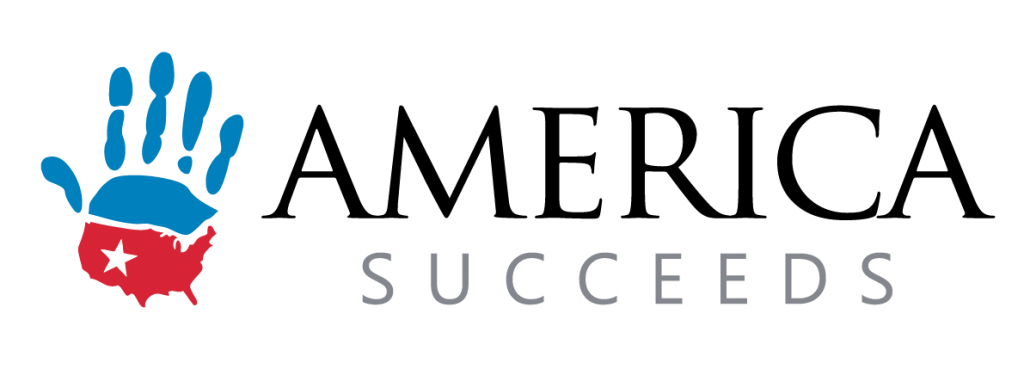Submitted by Nate Clayberg, CEcD – Business and Industry Director at the CAPS Network
Nate Clayberg is a Certified Economic Developer who connects companies and schools to create positive student experiences and impact their communities. He supports profession-based learning and has been with the national CAPS Network for almost a year. Nate welcomes conversations on business networking, school-business partnerships, and college and career navigation. He has a bachelor’s degree from Iowa State University and a master’s degree from Virginia Commonwealth and has spent his career building his network circles in broadcasting, fund development, college athletics, and community and economic development.


In today’s job market, finding and retaining skilled workers remains challenging. As the children of the Greatest Generation have mostly retired, there’s a growing need for non-technical skills to help businesses be more effective from the younger workforce. Durable skills are incorporated into education and training programs to help individuals stay competitive. However, getting the future workforce to better practice with these traits has taken some time.
Over a decade ago, when I was leading a small rural economic development office in northeast Iowa, I hosted a luncheon for owners and managers of local companies of all sizes to hear about the challenges their businesses were facing when it came to expanding in the county I served. In the discussion, I expected to hear about the cost of utilities, changing customer bases, or high tax rates. The one challenge I did not expect to hear was one that continues to be an obstacle to overall growth. The shrinking labor market had begun to show itself.
Boomers Bailing
In the early 2010s, a mass exodus of 78 million members of the baby boomer generation began retiring. This trend was expected to continue until 2019, but it was thankfully slowed down by an economic downturn and a pandemic. The implications were profound as more people were leaving the workforce than were entering it from the millennial generation, and the career aspirations of the younger generation were markedly different.
In his book ‘When the Boomers Bail,’ author Mark Lautman discusses how this structural shortage of qualified workers would create a zero-sum labor market that forces companies and communities to steal talent from each other to survive. The boomers didn’t have enough kids or grandkids to replace them. While some could argue that the education system didn’t adequately prepare students for the new demands of today’s market, it instead created a pathway to higher education with academic and technical skills. It diminished other pathways away from bachelor’s degrees.
New Businesses Not Welcome
Traditionally, economic development organizations focus much of their work on attracting new businesses to communities to add jobs and capital investment and aid in economic prosperity. However, as I learned from the local industry leaders that day, they did not want to support recruiting a new competitor for talent in their county. When the public hears the news of a new company coming to their town, it can create excitement with new job opportunities and increase the economic impact for stores and the local housing market. It also creates an increased demand for golden shovels, which allows local leaders to celebrate the occasion with a gold old-fashioned groundbreaking.
However, let’s suppose you are a company owner who has already invested in the community and has jobs that need to be filled or are exploring the opportunity for expansion for your business in what is becoming a tight labor market. In that case, you are not celebrating this occasion and hate golden shovels.
“I can find people. I just can’t find workers!”
The discussion was eye-opening when a local manufacturing company leader voiced his struggle, saying, ‘I can find people. I just can’t find workers!’ This statement encapsulated the shared sentiment among the business leaders, each grappling with unique challenges in finding qualified workers.
When I asked the businessperson to define better what he meant about the difference between people and workers, he rattled off desired skills that he felt better identified people who could be more successful in a job. At that time, we would define these skill sets as soft or evolutionary for the new century. Some critical skills he shared related to communication, responsibility, time management, teachability, and resilience. Sounds familiar, doesn’t it?
Employers would circle the whole thing!
Two years ago, I was introduced to America Succeeds and the Durable Skills movement at the CAPS Network’s Summer Huddle conference in St. Louis. As the Durable Skills “Wheel” was presented to all of us in attendance on the campus of St. Louis University, I felt time stop. The skillsets I had continued to hear as the most desirable characteristics of workers were now in front of me in an organized fashion that I had never expected to see.
The CAPS Network, short for the Center for Advanced Professional Studies, is a national non-profit organization that connects high school students with real-world, professional experiences in high-demand career fields. The CAPS Network has over 100 affiliate programs in 22 states and four countries, with nearly 15,000 students connected to a CAPS experience. Durable skills development is embedded in the core values of the organization.
When I left the formal world of economic development to support the development of the CAPS Network affiliate in Cedar Falls, Iowa, it was the information provided to me by employers that had me lobby strongly to make the development of durable skills a priority for Cedar Falls and gave more substantial purpose to the core value the each Center for Advanced Professional Studies embodies across the country.
In my work connecting business and education, I visit employers regularly to connect them to the CAPS programs. Inevitably, the discussion would connect to the need to build a talent pipeline for the company to hire. Much of the characteristics would revolve around durable skills. When I showed the professionals the wheel from America Succeeds, I asked which traits on the page they most valued in their next hire. They would then share without pause, “I want all of them.”
Not PBL, Pro-BL
In CAPS, students are asked to do things they have never been asked to do in education. Profession-based learning requires students to engage with business and industry professionals to develop solutions for real challenges facing professionals in their organizations. Pro-BL is not Project-Based Learning, which you may be familiar with. In Pro-BL, projects are a part of the learning process to better prepare students for what is to come for them beyond high school.
Cedar Falls CAPS Director Ethan Wiechmann says, “Projects are not what they do. It is the fire for what they do.” He says this because when students work through projects, it creates an opportunity for them to practice each characteristic of the core Durable Skills: leadership, Character, Collaboration, Communication, Creativity, Critical Thinking, Metacognition, Mindfulness, Growth Mindset, and the one I value the most: fortitude.
In traditional education, evaluating a finished project gives the teacher something tangible to see for grading. However, the skills required to complete the project must also be assessed. This is where the Durable Skills Advantage Framework has brought a quantitative tool that can be used when subjective evaluation is regularly used for grading in school.
The movement is building
When I met with the business leaders over ten years ago in Buchanan County, Iowa, we discussed how schools don’t seem to teach the durable skills we discussed. We debated whether it was the school’s responsibility to do this or whether it should be led by families or their churches. Instead of playing the blame game, we left that meeting knowing more about what could come with the demand for a skilled workforce.
Still, a solution to this would take years for governments, education institutions, and economic development organizations to accept that something needs to be done to meet the needs of employers. By years, I mean we are still looking at how the durable skills gap can be shrunk to meet the needs of businesses everywhere.
But progress is being made, and I am excited to hear the term durable skills at national conferences, in the media, and in regular conversations with people in my professional networks. This movement has significant momentum, and I am glad to be a small part of ensuring our future workforce is ready to genuinely impact the world when they become professionals.

